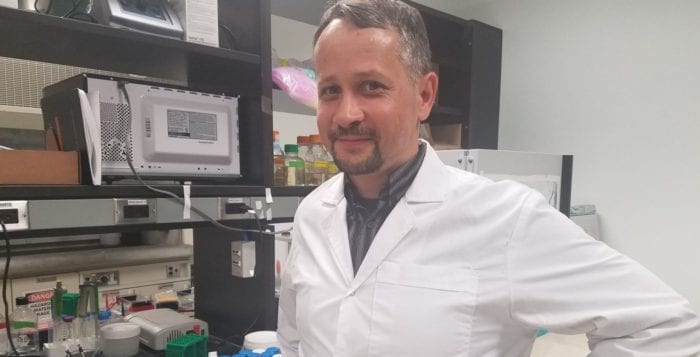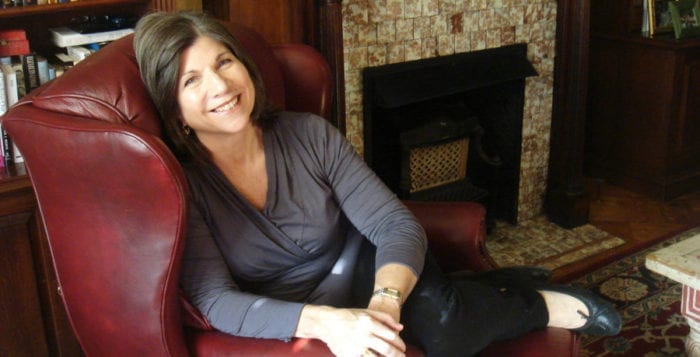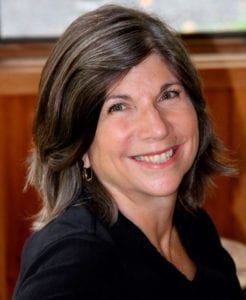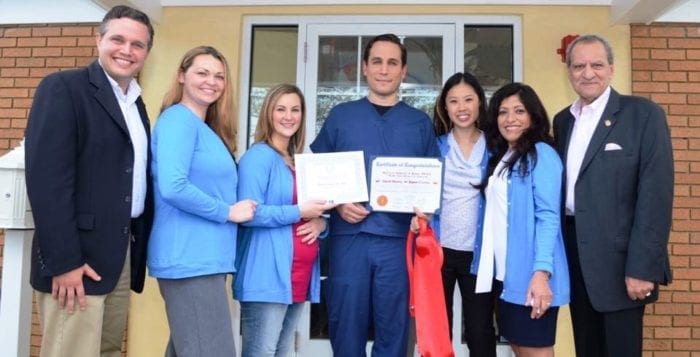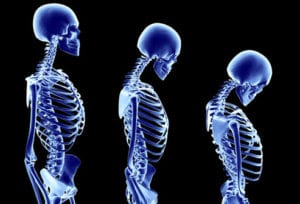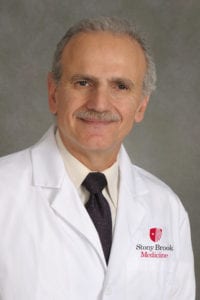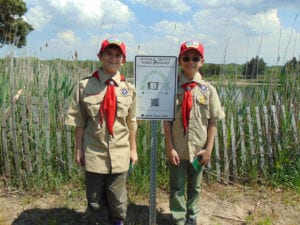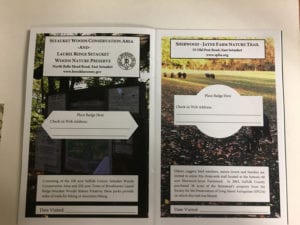By Daniel Dunaief
It started with a bang. When he was young and living with his parents, Gabor Balazsi’s curiosity sometimes got the better of him, at the expense of his parents’ house.
The future Henry Laufer associate professor of physical and quantitative biology at Stony Brook University was holding bare wires in his native home in Transylvania when he plugged in an appliance. The current surged through his body, preventing him from releasing the wires. Fortunately, his mother came in and “unplugged me.”
These days, Balazsi, is much more focused on the kinds of behavior that turns the instructions for a cell into something more dangerous, like cancer or a drug-resistant strain of a disease.
Balazsi recently received a $1.8 million, five-year grant from the National Institutes of Health to study how gene networks change, often to the detriment of human health, as is the case when they are active in cancer or when they are resisting treatment. The grant is called Maximizing Investigators’ Research Award.
“Cancer cells often don’t look the same in a matter of months and drug-resistant microbes may look the same in a matter of days,” Balazsi said. He would like to know “what causes them to change and how can we prevent them from changing to their advantage and our disadvantage?”
In a way, Balazsi is trying to figure out a code that is akin to the popular 1970s game Simon in which a player has to repeat a growing number of flashing lights and sounds. With each turn, the game increases the number of flashing lights and sounds, going from a single red, to red, green, yellow and green until the player can no longer recall the entire code.
He is looking for a similar key to a sequence of events that transforms a cell, except that in the cancer, there are millions of interacting lights, many of which are invisible. The cancer biologist tries to reconstruct the sequence in which some of these lights turned on by observing visible lights that are currently on.
He is exploring the “pattern that leads to the outcome” through changes of networks in yeast cells, he said. He is also hoping to explore pathogenic fungi. The pattern, he said, will change depending on the circumstances, which include the environment and initial mutations.
Scientists who have collaborated with Balazsi suggested his understanding of several scientific disciplines enables him to conduct innovative research.
“He bridges two fields, biology and biophysics, allowing him not only to describe biological processes but also to model them and make predictions that can then be tested,” Marsha Rosner, the Charles B. Huggins professor at the University of Chicago, wrote in an email.
While Balazsi doesn’t treat patients, he is focused on understanding and controlling the processes that lead a cell or group of cells to change from a uniform function and task to a heterogeneous one, where the cells may follow a different path using a previously inactive network of genes.
By understanding what causes these changes, he hopes to find ways to slow their progress or prevent the kind of deviations that lead to combinations that are destructive to humans, such as when the cellular machinery copies itself uncontrollably.
Balazsi and Rosner collaborated on one paper and are continuing to work together. “Our work demonstrates one mechanism by which cells move from a homogeneous population to a more complex population that contains cells that promote cancer,” Rosner explained. “This mechanism is not based on mutations in genes, but rather on changes in the way that genes interact with each other in cells.”
On a fundamental level, Balazsi explained that researchers have developed considerable understanding, but still not enough, of what happens in normal conditions. He is seeking to discover the logic cells use to survive under stressful conditions.
Balazsi would like to determine if there is “anything we can do to decrease the tendency of cells to deviate from normality,” he said.
Balazsi welcomes this new funding, which will give him the freedom to pursue research questions at a basic level. Instead of supporting a single project, this financial support contributes to multiple projects.
The next step in funding his lab will be to approach the National Cancer Institute. Without much experience in applying for cancer grants, Balazsi plans to attend a think tank workshop in June in Seattle. Attendance at this meeting, which is hosted by Sage Bionetworks and the NCI, required an application and selection of participants.
To some degree, Balazsi may be able to relate to the heterogeneity that he hopes to study in cells. A physicist by training, Balazsi explained that he “wandered into biology.” He would like to steer away from major trends that mobilize many researchers. If many people are working on something, he does not want to be enriching big crowds but would prefer to try new things and test new ideas.
A resident of East Setauket, Balazsi lives with his wife Erika and their daughter Julianna, who is 6. Julianna is already doing some experiments at home and is exploring the yard.
When Balazsi was young, his parents tried to encourage him to become a doctor, which didn’t work because he didn’t like blood or hospitals as a child. In addition to his unexpected electric shock, Balazsi also explored how ethanol burns while flowing, which caused some additional damage to his house. “My parents,” he recalled, “weren’t happy.”
As for his work, Balazsi would like his work with these first steps, in understanding cellular processes, will have a translational element for people some time down the road.
“Whatever we do, hopefully, they can be implemented in actual cancer cells that are coming from patients one day,” he said, or they could have some relevance for people who are attempting to fight off “pathogenic microbes.”


